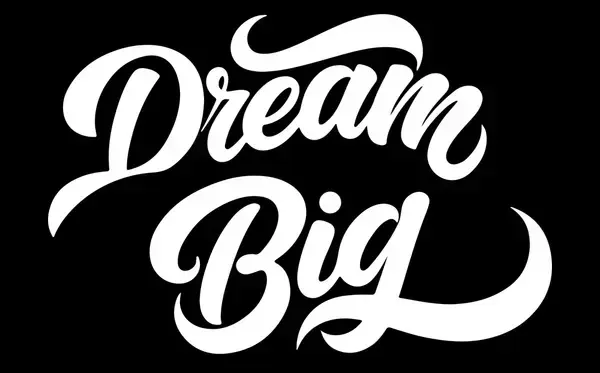Effects of Cannabinoids
The effects come from a process of mimicking the behavior of the endocannabinoids that occur naturally in our bodies. In fact, the cannabinoids in the plant and those we create naturally in our body are remarkably similar. This allows them to interact harmoniously with the body’s nerve receptors and trigger responses that preserve an internal state of balance.
Cannabinoids and terpenes can affect our nervous and immune systems, which in turn impact our mood, sleep, appetite and physical well-being. The specific effect depends on the cannabinoid and terpene profile, working together through the entourage effect to stimulate a variety of responses.
Tetrahydrocannabinol (THC) Delta 9
THC is the most commonly known psychoactive cannabinoid that is responsible for getting you high. THC produces a sense of euphoria, relaxation and spatial awareness and it is also effective at:
Reducing pain
Supporting better sleep
Stimulating appetite
Improving mood
Cannabidiol (CBD)
CBD is the primary non-psychoactive compound found in cannabis. It can provide many therapeutic benefits without any psychoactive effects, such as:
Reducing aches and pains
Managing stress and anxiety
Reducing nausea
Managing inflammation
Tetrahydrocannabinolic Acid (THCA)
Raw cannabis plants contain high levels of THCA, a non-psychoactive precursor to the psychoactive THC. When you consume raw cannabis, you are consuming THCA. As the cannabis is cured, THCA changes its state and loses its acid to become THC.
THCA alone can function as a neuroprotectant and be effective at:
Reducing aches and pains
Reducing inflammation
Cannabidiolic Acid (CBDA)
Similar to THCA, CBDA is the raw precursor form of CBD found in uncured flower. However, unlike THC, this cannabinoid starts as a non-psychoactive compound and stays that way even after heating or curing.
CBDA delivers a variety of health beneifits including:
Reducing inflammation
Reducing nausea
Cannabinol (CBN)
When THC oxidizes, it breaks down into cbn. Since it is a product of THC, cannabinol (CBN) is mildly psychoactive, although it is most commonly used for its potential sedative properties
Heating and drying cannabis allows the plant’s volatile chemical compounds above to oxidize into CBN, at which point their full benefits and effects become apparent. CBN alone is potentially beneficial for:
RElieving pain
Supporting restful sleep
Cannabinol (CBN)
When THC oxidizes, it breaks down into cbn. Since it is a product of THC, cannabinol (CBN) is mildly psychoactive, although it is most commonly used for its potential sedative properties
Heating and drying cannabis allows the plant’s volatile chemical compounds above to oxidize into CBN, at which point their full benefits and effects become apparent. CBN alone is potentially beneficial for:
RElieving pain
Supporting restful sleep
Tetrahydrocannabivarin (THCV)
A psychoactive and energetic version of THC, this lesser-known cannabinoid delivers a powerful but shorter-duration high compared to THC that’s often described as stimulating and uplifting.
Most cannabis strains contain very little THCV, and it is more prevalent in African varieties. Cannabis containing THCV is known for: supressing appetite
Boosting energy
Cannabichromene (CBC)
The non-psychoactive cannabinoid you probably haven’t heard of is CBC. This cannabinoid plays a potentially important role in the entourage effect, working together with CBD and THC to trigger responses in the body’s nervous and immune systems for:relieving pain reducing inflammation improving mood
Delta8 tetrahydrocannabinol or delta-8 for short, is another form of THC, the primary psychoactive compound found in cannabis. Delta-8 offers effects similar to those of THC, though the effects of delta-8 are generally less potent. Its potential effects include:
Euphoria
Improving mood
Stimulating appetite
Reducing nausea
